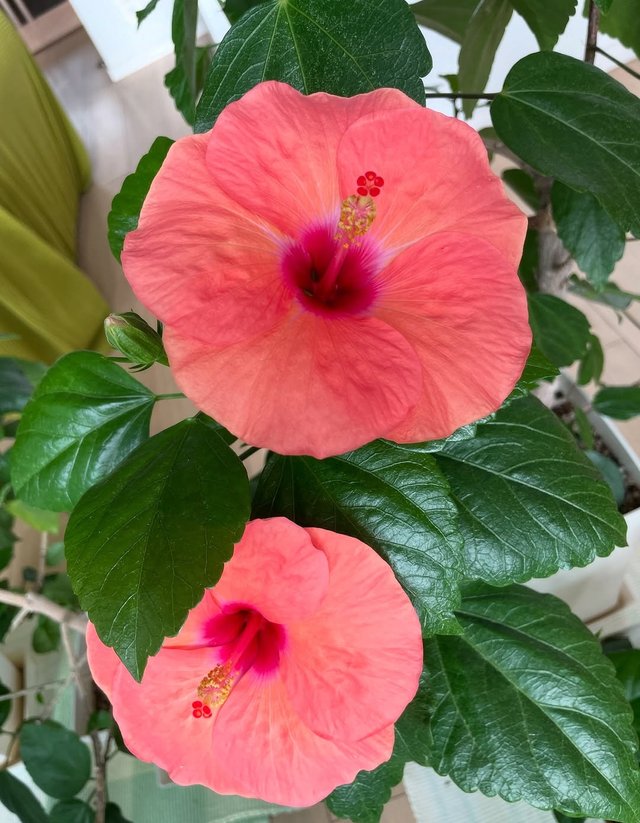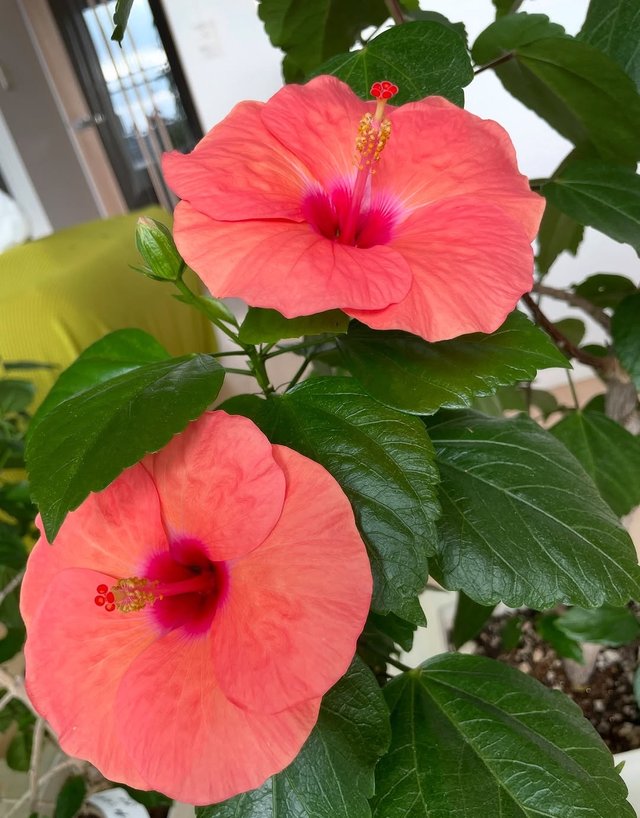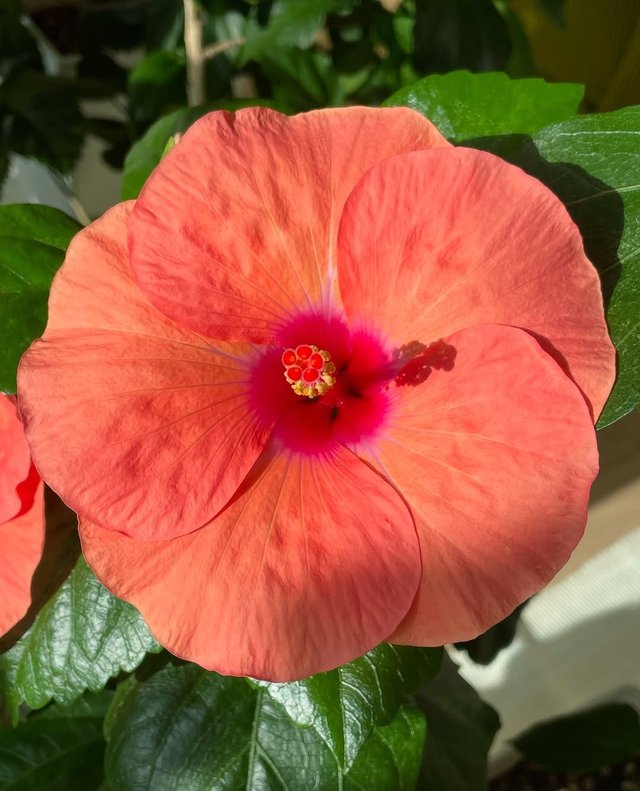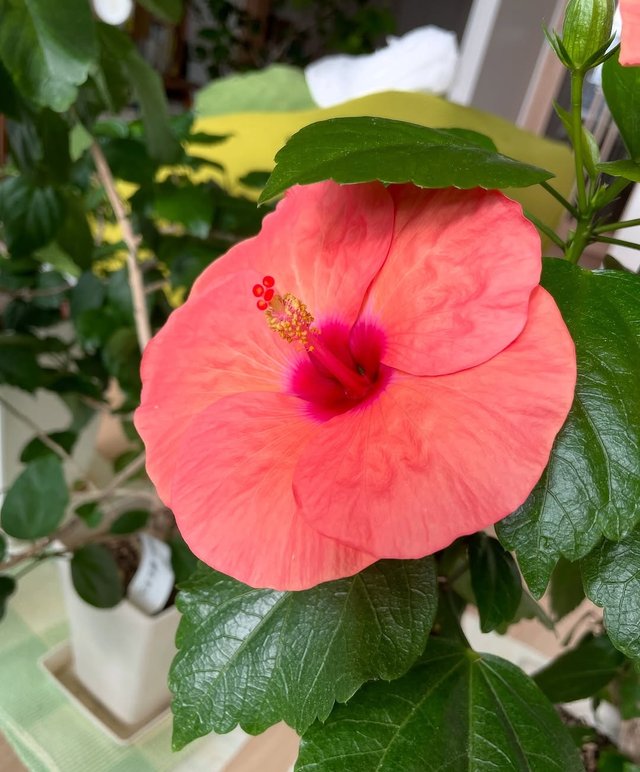So Beautiful Shoeblackplant Flower
Here’s a detailed post about the Shoeblackplant:
The Shoeblackplant: A Tropical Marvel of Beauty and Tradition
The Shoeblackplant, scientifically known as Hibiscus rosa-sinensis, is one of the most iconic and beloved flowering plants in tropical and subtropical regions across the world. Often simply referred to as “Hibiscus,” this vibrant plant is renowned for its large, showy blossoms that come in a dazzling array of colors, ranging from brilliant reds to soft pinks, sunny yellows, oranges, and even purples. In South Asia, including Bangladesh and India, it is commonly known as “Joba ful”, and it holds deep cultural, medicinal, and ornamental significance.
Botanical Description
Scientific Name: Hibiscus rosa-sinensis
Common Names: Shoeblackplant, Chinese Hibiscus, Tropical Hibiscus, Joba (Bengali)
Family: Malvaceae
Origin: Native to East Asia , but widely cultivated in tropical and subtropical regions globally.
Growth Habit: Evergreen shrub, can be pruned into a hedge or grown as a small tree.
Height: Typically grows 1.5 to 3 meters, but can reach up to 5 meters in ideal conditions.
Flowers: Large, trumpet-shaped with five or more petals; often 4–6 inches in diameter.
Why Is It Called "Shoeblackplant"?
The name “Shoeblackplant” is derived from an old-fashioned practice where the flower petals, particularly the red variety, were crushed to produce a shiny black dye used as a natural shoe polish. While this use has become rare with the advent of modern polishes, the name has endured, especially in English-speaking countries.
Varieties and Colors
Hibiscus rosa-sinensis boasts a stunning diversity of cultivars, bred for a range of colors, shapes, and sizes. Flowers can be:Single or double-layered
Solid-colored or with multi-colored patterns and gradients
Ruffled, frilled, or smooth-edged petals
Common colors include:Scarlet Red
Soft Pink
Golden Yellow
Peach Orange
Pure White
Lavender/Purple
Cultural and Religious Significance
In South Asia, the Shoeblackplant is not just a garden favorite but also holds deep spiritual importance:
Hinduism: Red hibiscus flowers are offered to Goddess Kali and Lord Ganesha during rituals and festivals.
Bengali Culture: The “Joba ful” is a symbol of purity and divinity, often used in traditional ceremonies.
In many Pacific Island cultures, hibiscus flowers are worn as adornments and symbolize delicate beauty and hospitality.




%20(7).jpeg)